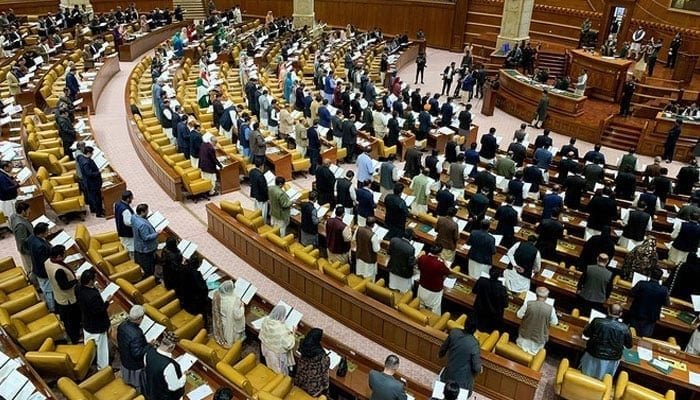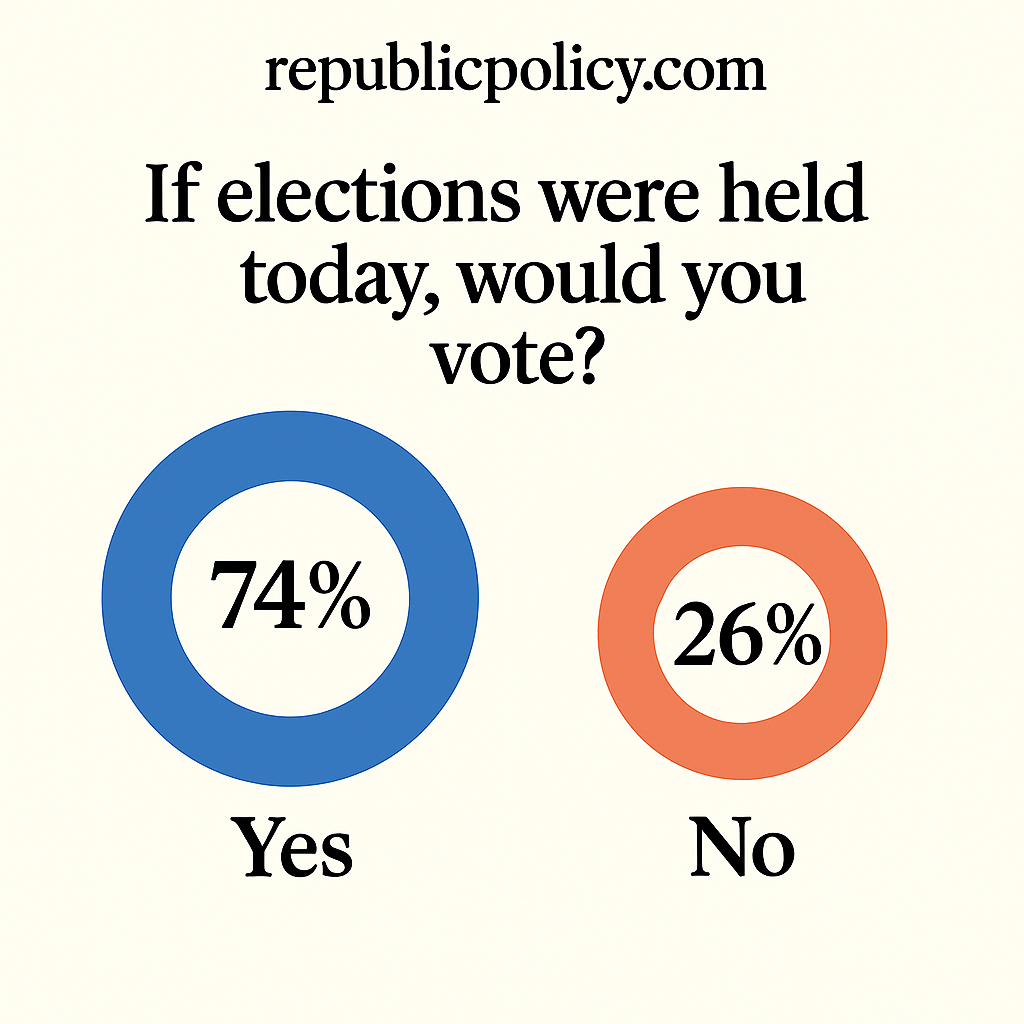Malik Abdul Latif
Pakistan’s urban landscape is marred by a pervasive traffic problem, a challenge that plagues major cities across the country. The root causes of this congestion are multifaceted, stemming from a combination of infrastructural deficiencies, poor traffic management, and behavioral factors. Addressing this issue requires a multi-pronged approach that encompasses both short-term measures and long-term strategies.
Root Causes of Traffic Congestion:
- Rapid Urbanization: Pakistan has witnessed an exponential growth in urbanization, with cities expanding at an unprecedented rate. This influx of population has outpaced the development of infrastructure, leading to overcrowded roads and strained transportation systems.
- Inadequate Infrastructure: The existing road network is often inadequate to handle the volume of traffic, particularly in densely populated areas. Narrow roads, insufficient lanes, and a lack of proper signage contribute to congestion and accidents.
- Poor Traffic Management: Ineffective traffic management practices exacerbate the problem. Inconsistent traffic signal timings, a lack of designated lanes for public transport, and the absence of dedicated enforcement personnel all contribute to chaos on the roads.
- Behavioral Factors: A disregard for traffic rules and regulations among drivers, including reckless driving, lane-swerving, and non-adherence to signals, further compounds the issue.
- Vehicular Congestion: The increasing number of vehicles on the roads, particularly private cars and motorcycles, puts immense pressure on the transportation system.
- Public Transport Inefficiency: An inadequate and unreliable public transport system forces many individuals to rely on private vehicles, further exacerbating congestion.
Please, subscribe to the monthly magazines of republicpolicy.com
Recommendations for Traffic Congestion Resolution:
- Infrastructure Development: Expanding and improving the road network is crucial to accommodate the growing traffic volume. This includes widening roads, constructing flyovers and underpasses, and creating dedicated lanes for public transport.
- Enhancing Traffic Management: Implementing effective traffic management practices is essential. This involves synchronizing traffic signals, enforcing traffic rules strictly, and deploying traffic personnel to manage congestion at critical junctions.
- Promoting Public Transport: Enhancing the efficiency and attractiveness of public transport will encourage more people to use it, reducing reliance on private vehicles. This includes investing in modern buses, expanding routes, and improving punctuality.
- Vehicle Management: Implementing measures to control the number of vehicles on the road, such as congestion pricing and vehicle registration restrictions, can help alleviate congestion.
- Behavioral Change Campaigns: Public awareness campaigns promoting road safety and encouraging responsible driving habits can play a significant role in reducing accidents and improving traffic flow.
- Technology Integration: Utilizing intelligent transportation systems (ITS) can optimize traffic management, providing real-time traffic data and enabling dynamic signal adjustments.
- Urban Planning: Incorporating traffic management considerations into urban planning can help prevent congestion in the long run. This includes developing mixed-use neighborhoods, promoting pedestrian-friendly spaces, and encouraging non-motorized transportation.
- Strict Enforcement: Ensuring strict enforcement of traffic rules and regulations is essential to deter violators and promote a culture of responsible driving.
- Inter-departmental Coordination: Effective collaboration between various stakeholders, including traffic police, municipal authorities, and urban planning departments, is crucial for implementing and sustaining traffic management strategies.
- Community Engagement: Engaging local communities in traffic management initiatives can foster ownership and encourage compliance with traffic regulations.
Addressing Pakistan’s traffic congestion requires a comprehensive approach that tackles both infrastructural and behavioral aspects. By implementing a combination of short-term measures and long-term strategies, Pakistan can transform its cities into more efficient and livable spaces.
Please, subscribe to the YouTube channel of republicpolicy.com














